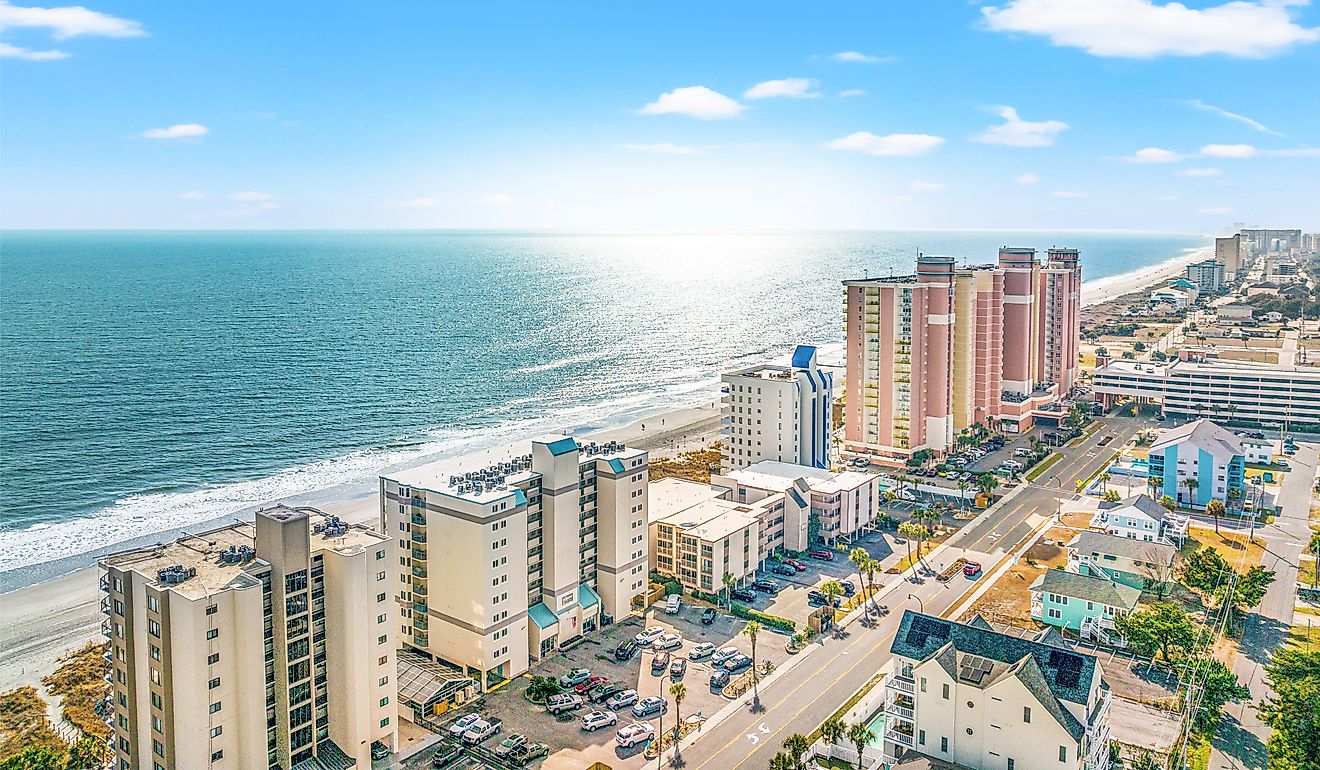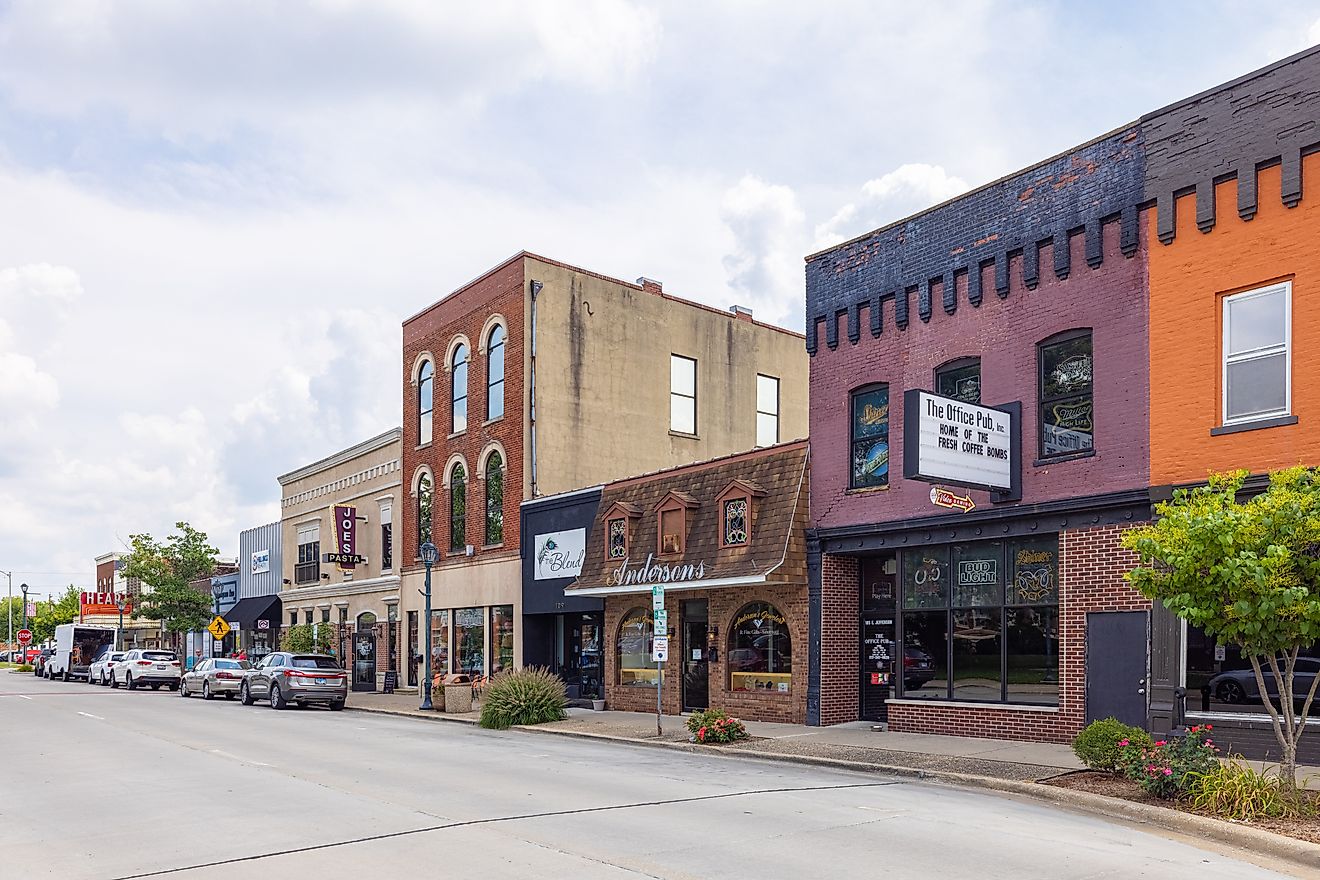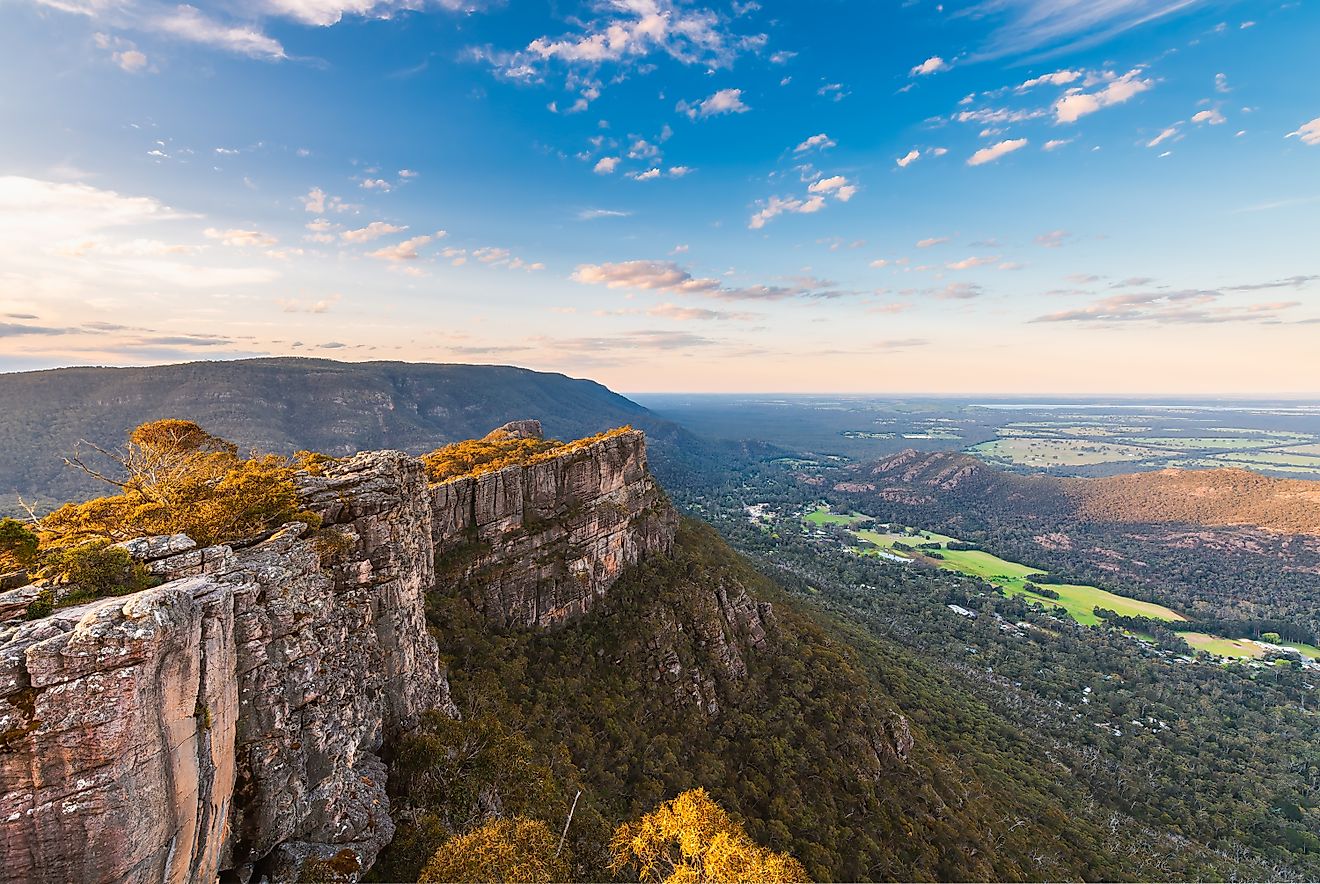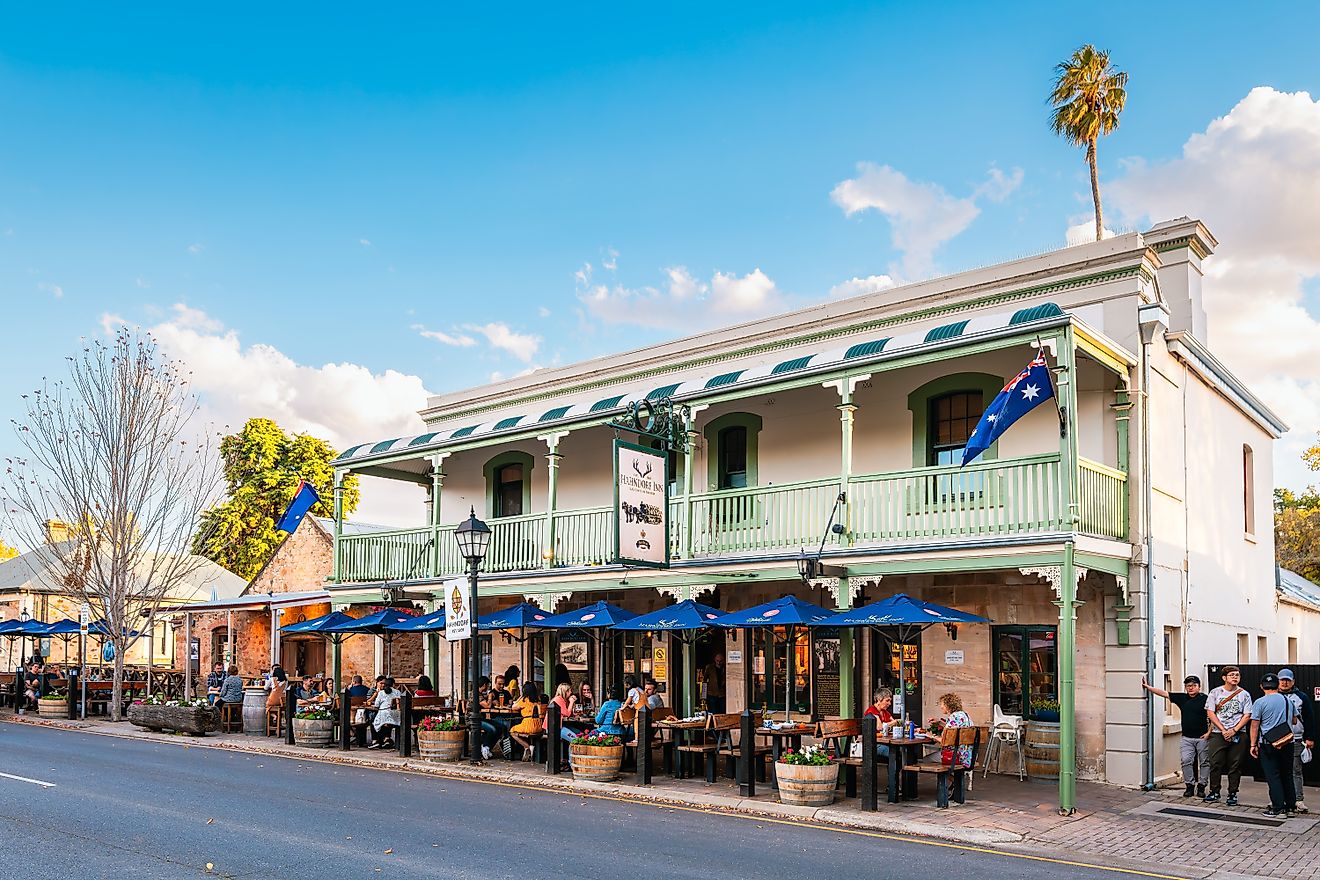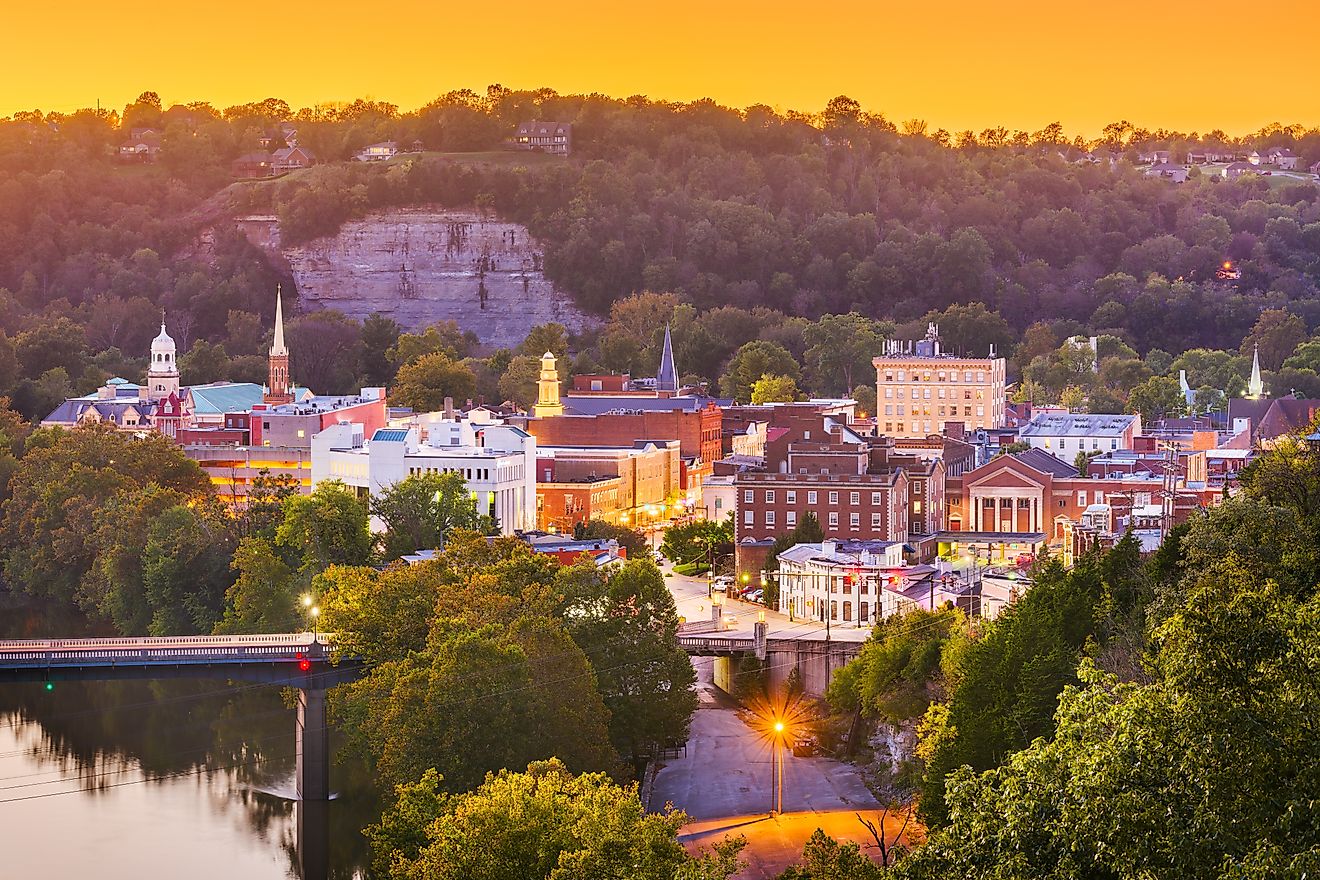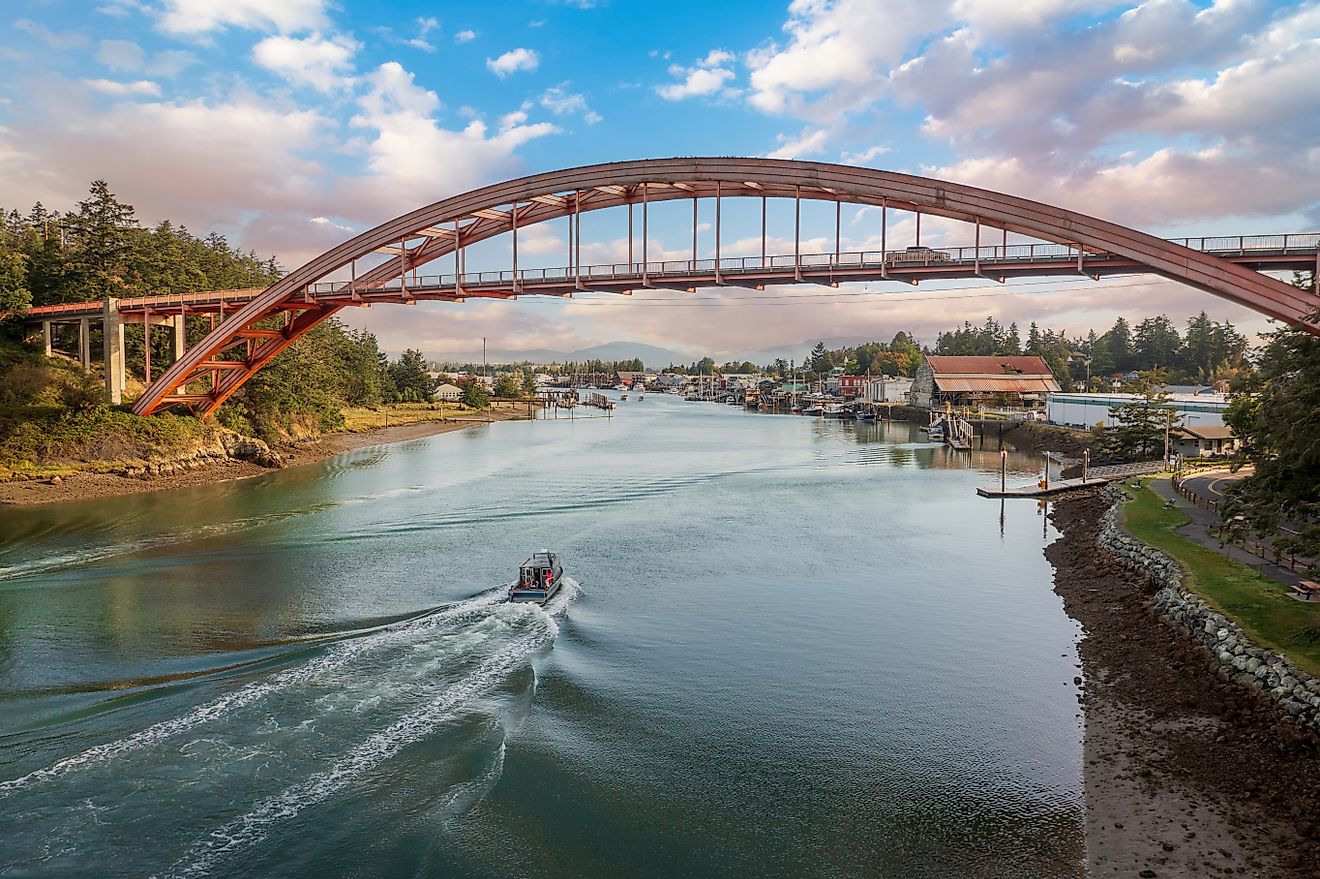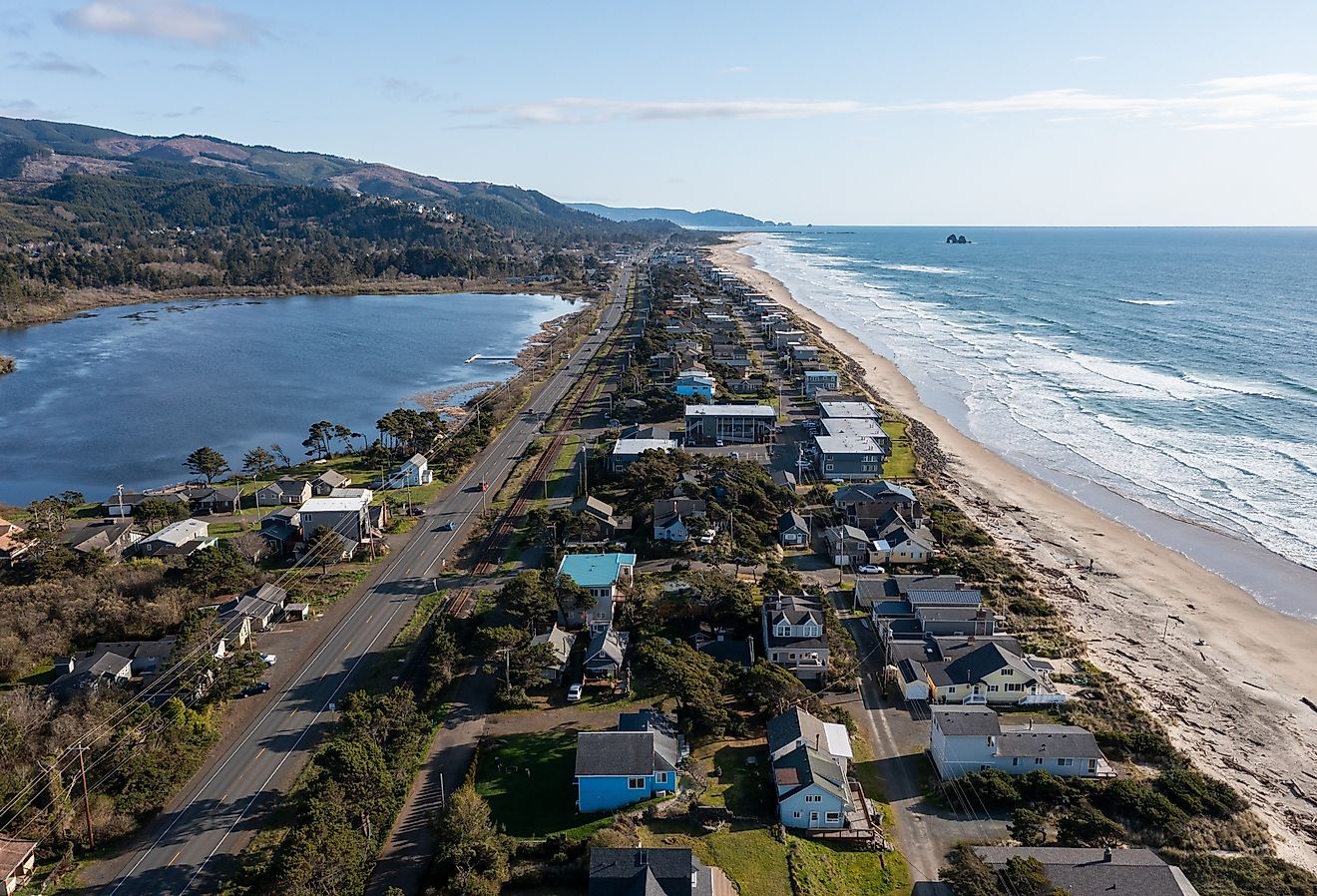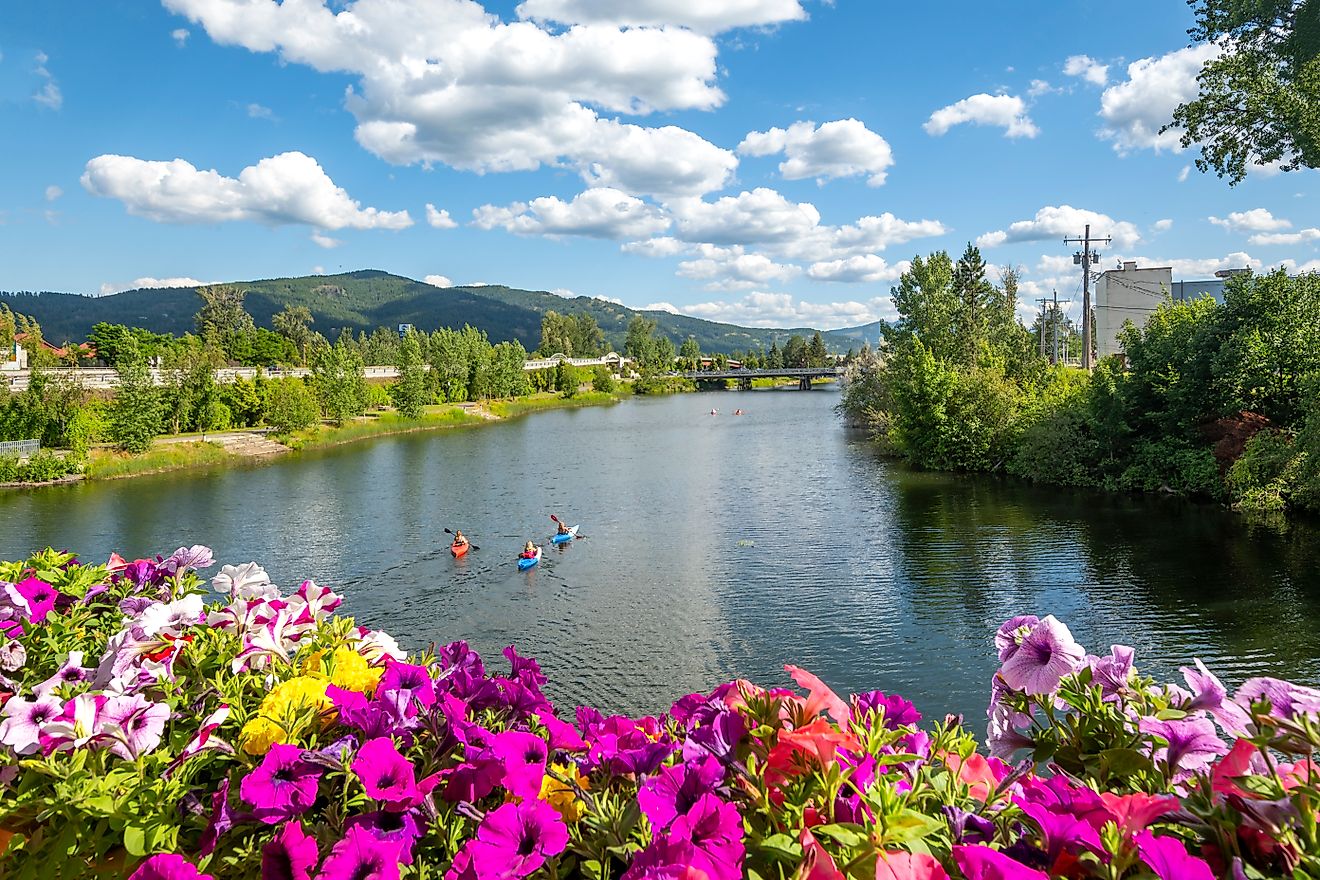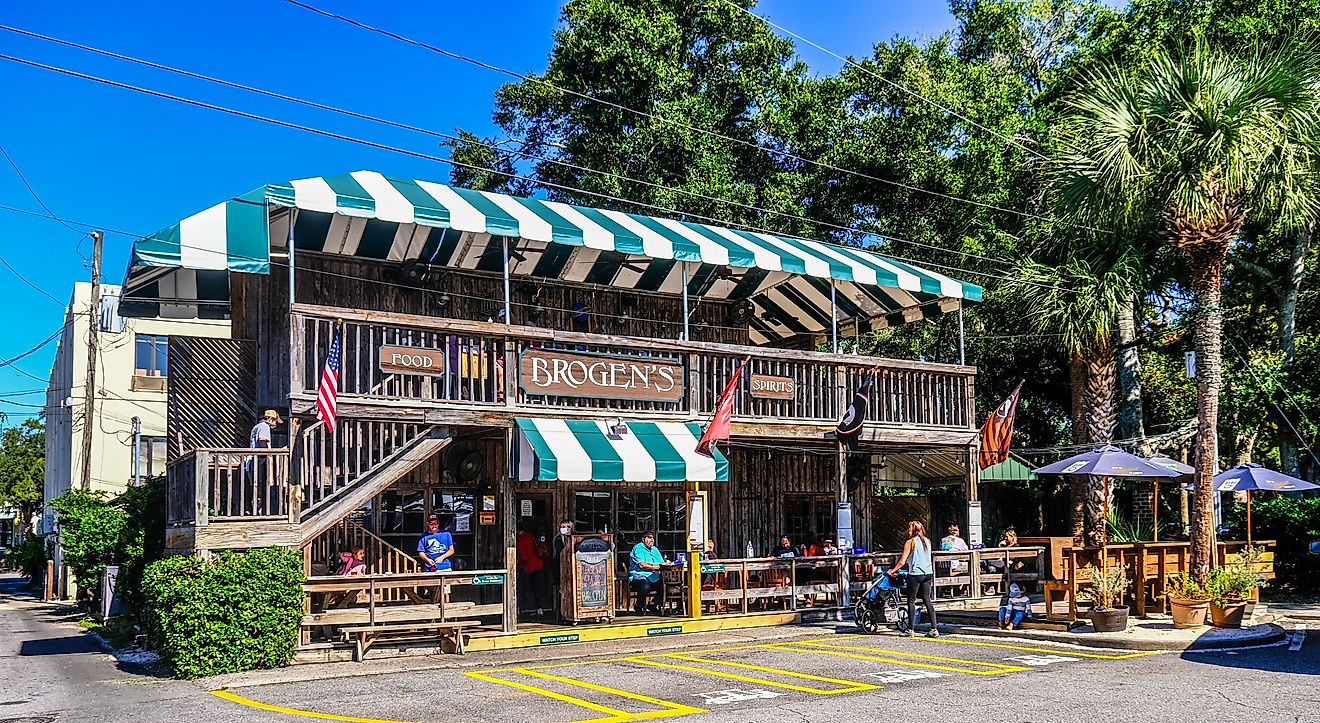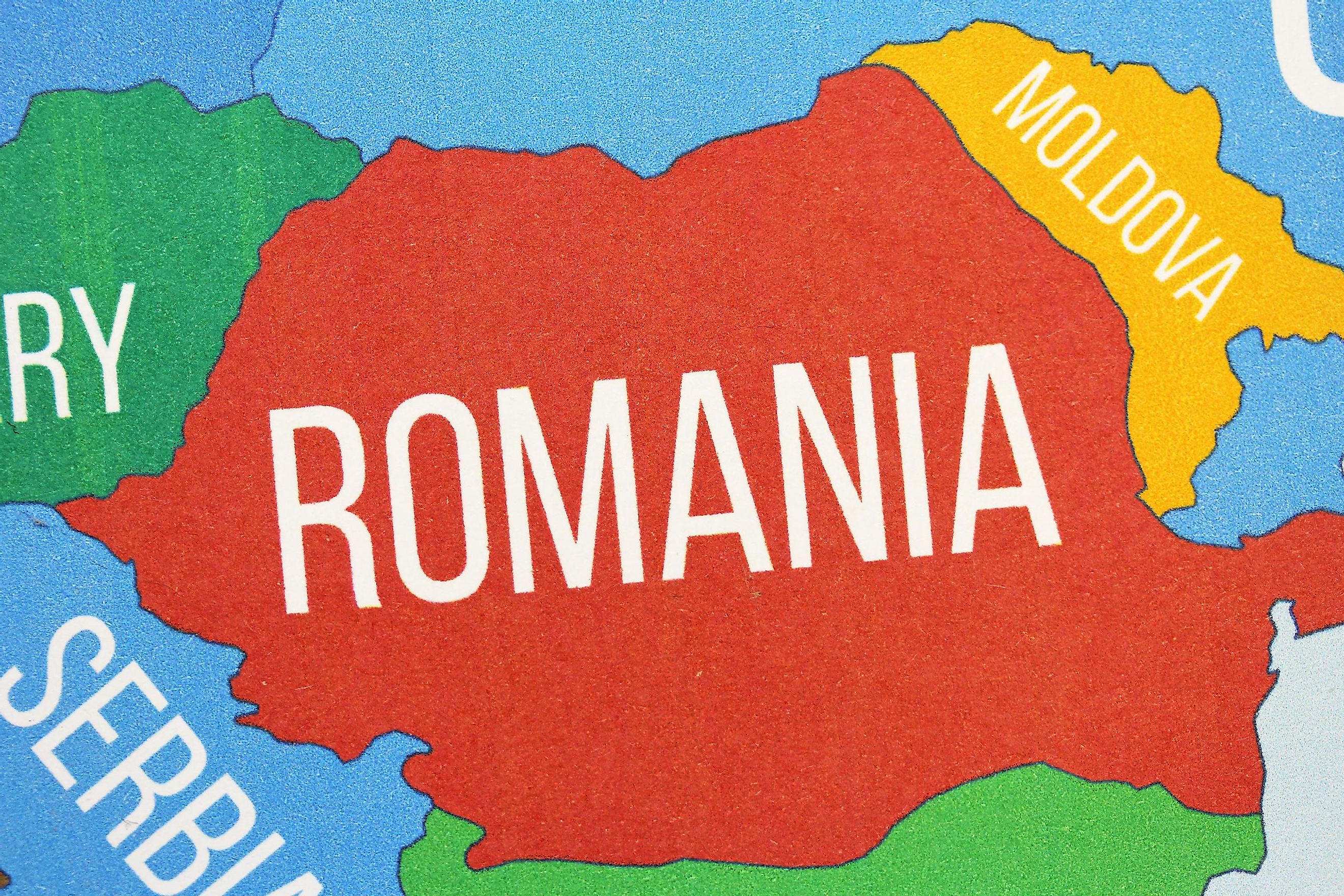
How Did Romania Get Its Name?
The fingerprint of Roman domination exists throughout the survivors of ancient Provinciae, and Romania is an iconic example of the influence that Rome wielded. Settled originally by the early people of Dacia, Romania is a territory that can be found in Southeastern Europe, between Bulgaria and Ukraine. It is a massive piece of land that even the great legions of Rome struggled to defend against, conquer, and hold. After being relieved of Roman rule, these Dacians went on to later dub themselves 'Romanians' to reidentify with their cultural roots and establish a national identity unique to themselves.
The Roman Empire And Romania
The Roman Empire was a dominant force in Mediterranean antiquity. After seizing power from the Roman Republic, the Emperors of Rome ruled a region that spanned from modern-day Scotland to the Persian Gulf for almost 500 years. Due to its absorption of countless cultures and people groups, the heart of Rome accumulated a wealth of technology and art that was unrivaled for hundreds of years. The stability of the economy depended on perpetual warfare and the enforcement of tributes to continue fueling the markets and lifestyles of the middle and upper classes. Therefore, the expansion of Rome into modern-day Romanian territory was not mere happenstance: It was a systematic move to further increase Rome's glory.
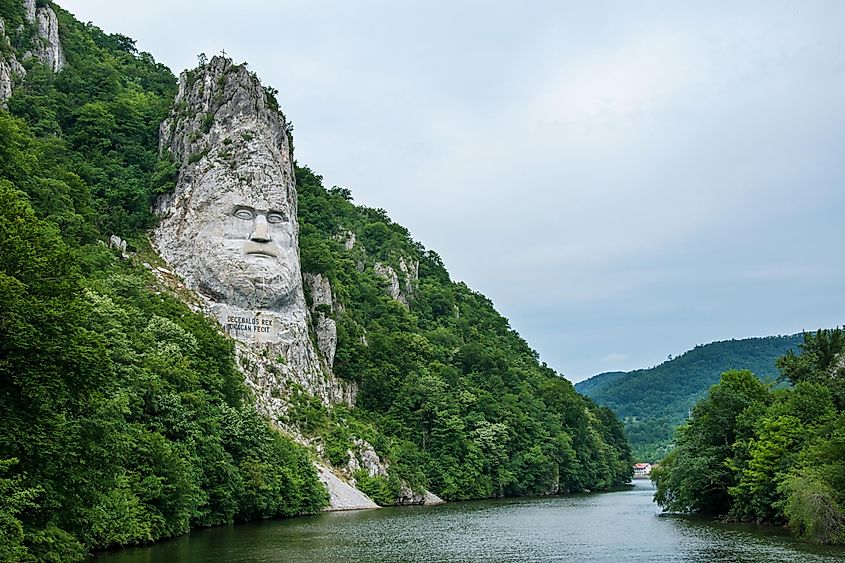
The Dacian people that once inhabited Romania are fairly mysterious due to a lack of written records from the tribes that existed there between 500 BCE and 106 CE. Regardless, scholars now understand that this ethnic group posed a massive threat to Rome due to their skilled warriors. Although Dacia often struggled to organize and unite, several kings managed to accomplish that and sufficiently antagonize Rome, who also desired the region to gain access to its gold mines. Under Emperor Trajan, Rome conquered the region and ruled it between 106 CE and 275 CE until it was forced to evacuate because of the pressures of external invaders. Regardless, Rome had managed to absorb countless Dacians into the Roman Empire and leave permanent cultural marks on the territory of Romania.
The Origin Of The Roman Name
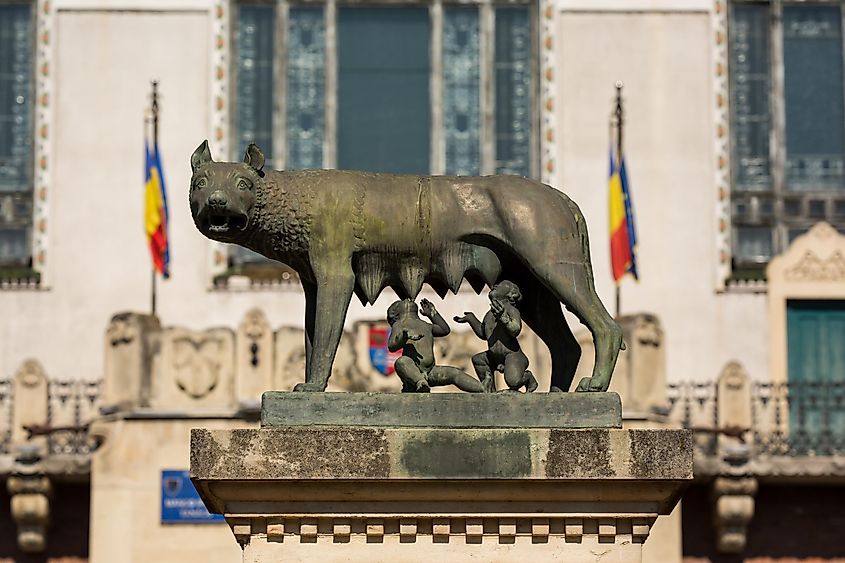
The founding myth of Rome describes two twin brothers, Romulus and Remus, being raised by a wolf around 753 BCE. They then established the city of Rome, where the wolf had rescued them as abandoned infants. After Romulus survived a feud between the two, the city was named Rome. This story originates in the 4th century BCE, and the more-reliable archaeological account only reveals a gathering of pastoral workers around towns that had been occupied since the 14th century BCE. One hypothesis suggests the name derives from a word meaning 'river' because the area is a natural fortress of hills fed by the famous Tiber River, leading to Rome's eventual success. From 509 BCE to 27 BCE, Rome was ruled by a Republic that Caesar managed to overthrow before his assassination and subsequent succession by the first Emperor, Octavian.
In Romania, the title began to see its 'modern' use around the 16th century CE, as travelers from the ancient region preferred to title themselves as such. Several written accounts, like by Tranquillo Andronico in 1534, mention that these people "now call themselves Romans." Colonies of Romanized Dacians are the foundation for the preference, who had been heavily influenced by the presence of Roman infrastructure and rule. Moreover, documents from 1521 referred to the region as Romania and possessed the earliest recordings of the Romanian language. The term Romanian differs from typical Latin suffixation, but it was a useful adaptation that scholars in the 1800s kept because it maintained a difference between Romanians and Romans.
The Prestige Of Being A Roman Citizen
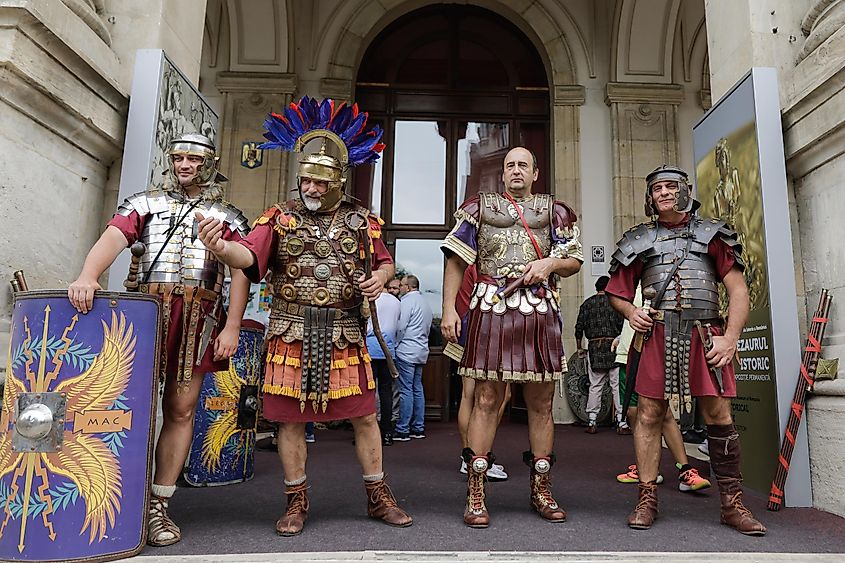
Due to the wide expanse of the Empire, the Dacians who were absorbed into Rome gained access to the privileges of being a citizen. In many parts of the world, particularly in the past, citizenship did not include autonomy to travel or significant protections. There was a hierarchy, of course, which is where the lower-class term 'plebians' originates from. These plebians eventually united and gained rights for themselves, which included the concept of "the rule of law" and allowed some participation in government. As the empire's borders grew, being a citizen rather than an occupied ally garnered benefits like protection from local law prejudice.
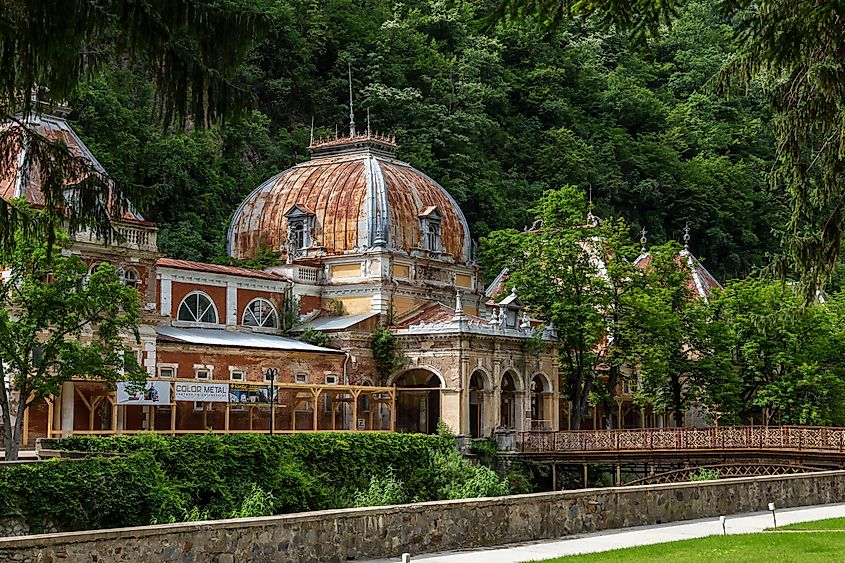
Most importantly, the title indicated to others that the Roman person had access to infrastructure and culture that the rest of the world had to do without. For centuries afterward, the awe of Rome persisted throughout medieval Europe, who could only wonder at the remains of structures like Roman aqueducts and coliseums. Therefore, Romanian citizens also benefited from the esteem that came from being a 'Roman,' which helps explain why 16th-century Romanians labeled themselves as such.
The Fall Of Rome
Rome split, and Rome fell. Emperor Diocletian realized that dynamic forces in the Roman Empire would lead to Civil War or total self-destruction, so he split the empire in 286 CE, and by 295 CE, the Western Empire and the Eastern Empire were wholly different entities. Interestingly, some accounts suggest that Romans considered Dacia a part of Eastern Rome, despite an absence of control or administration there, for centuries after the 275 CE retreat. By 476 CE, the Western Roman Empire was devoured and divided by the Visigoths, who were originally the Dacians that the Romans failed to defend from the Huns in 376 CE. The Eastern Roman Empire collapsed a thousand years later in 1453 CE, and its regions were absorbed into the conquering Ottoman Empire.
The Modern State Of Romania
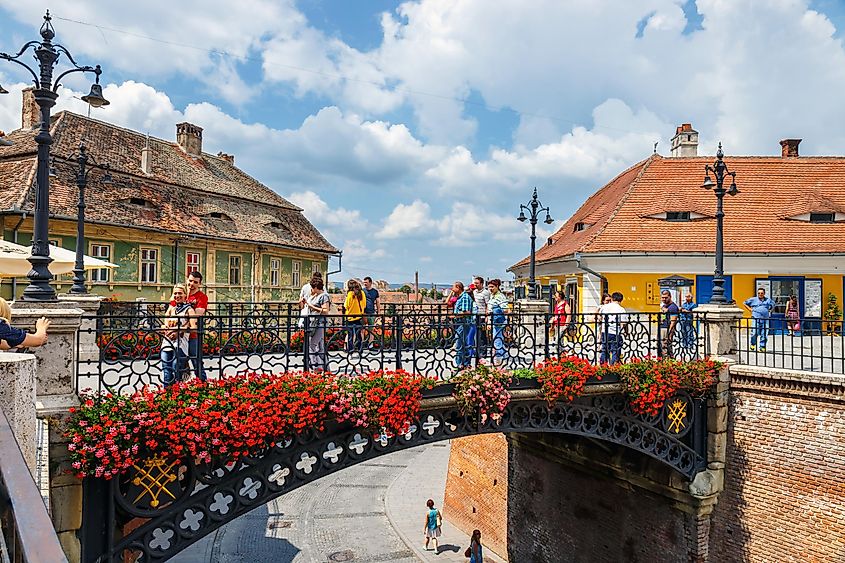
In 2022 Romania held a population of 18,991,000 citizens. Culturally, Romanians are known for their love of privacy and traditional arts like dancing, various crafts, and folk music. Stereotypes of nomadic Romanian people groups are famous world-round but ought to be discarded as unwarranted stigmas. The terrain exists on a 9 thousand square mile segment of Southeastern Europe adjacent to the Black Sea, and numerous mountain ranges are spread throughout the interior in an arrow-shaped pattern. The borders of Romania exist today due to the principalities of the 14th-century states, Wallachia and Moldavia. However, the turmoil of the World Wars and absorption into the (now collapsed) Soviet Union have caused several disputes between Romania and its neighbors over mutually occupied territories, which have been resolved through compromise.
Perhaps the magistrates of Imperial Rome would be pleased to hear that their nomenclature has existed until the 21st century through the country of Romania. This was a land that carried significant renown because of its Dacian warriors, who, despite being opponents of Rome, received the honor of being etched onto Trajan's Column, which still displays their valor. Because the borders and names of today are significantly more stable, thanks to widescale economic peace, the name of Rome can continue into the future for countless millennia thanks to its final tribute from Romania.

